On Saint Patrick’s Day, I wanted to do something special to mark the halfway point in my series of Active Ajax Adventures. For our 26th outing, what started as a local urban walk turned into a multi-hour exploration that incorporated Grace Cole Nature Park. Ever since, I’ve been contemplating change, mindsets, and direction. In the first of three related posts, I share ideas for how to develop a life purpose map.
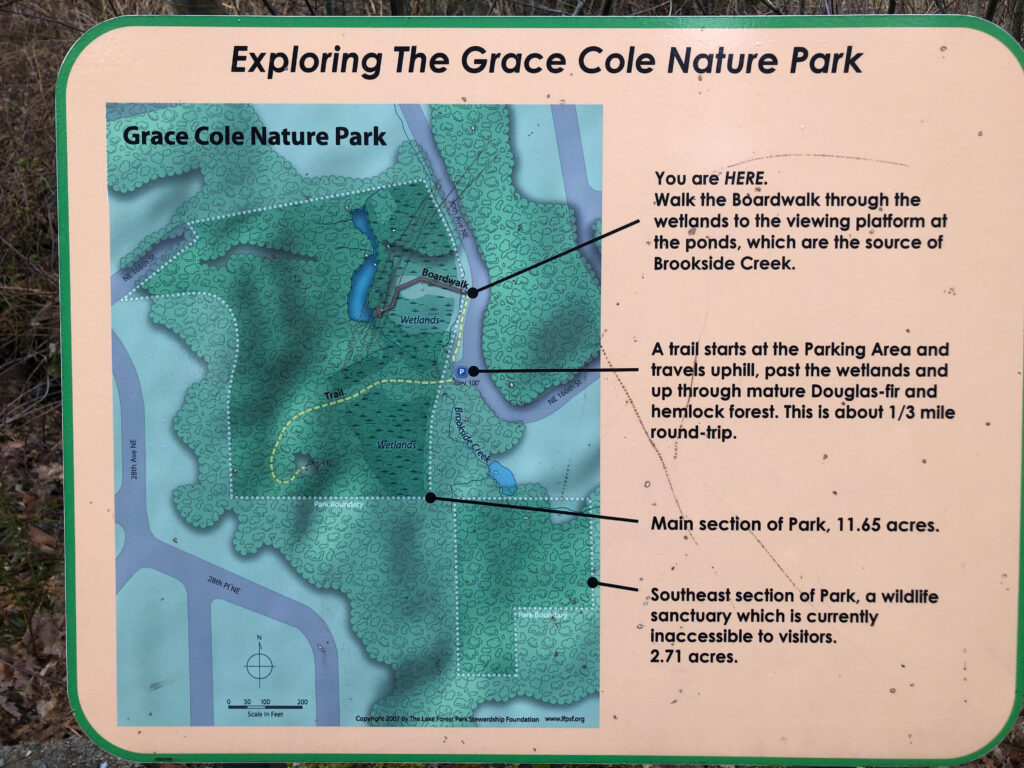
Without a Map…
My intention was to visit a few Little Free Libraries on the way to the southeast area of the green space. I knew to head due north, then assumed we’d find the first right to head into the park. But all of the roads kept leading left. We ended up .7 miles north of our destination, clear up in Lake Forest Park.
It was such a lovely spring day, and both of us were enjoying ourselves. When we finally arrived at the nature park, we’d already walked for ninety minutes. “At least,” I thought, “it will be quicker getting home.” Not quite. We had to head north again until we found a right turn that would finally lead us back south.
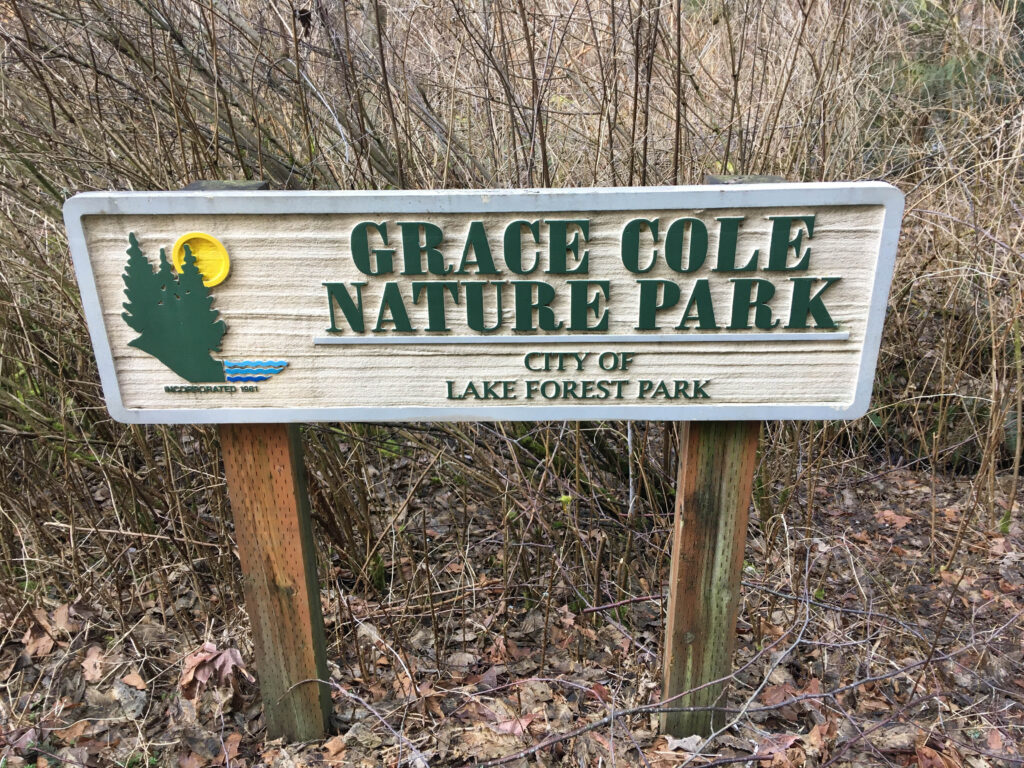
Analogy for Life Purpose Map
As we rambled, I got to thinking about the importance of maps, both for travel and life. Without directions to your exact destination, it takes far longer to get there. If we don’t know what we want, we can’t aim for it. And without having a firm idea of our life’s destination, we’re likely to squander precious time or try things that go nowhere.
But in some ways, that makes the journey more interesting, and more fun. On our ramble, we got to see things we wouldn’t have if we’d driven. I shot ninety photos that morning. Most of them were discoveries outside of the park. You could say we “flew by the seat of our pants.”
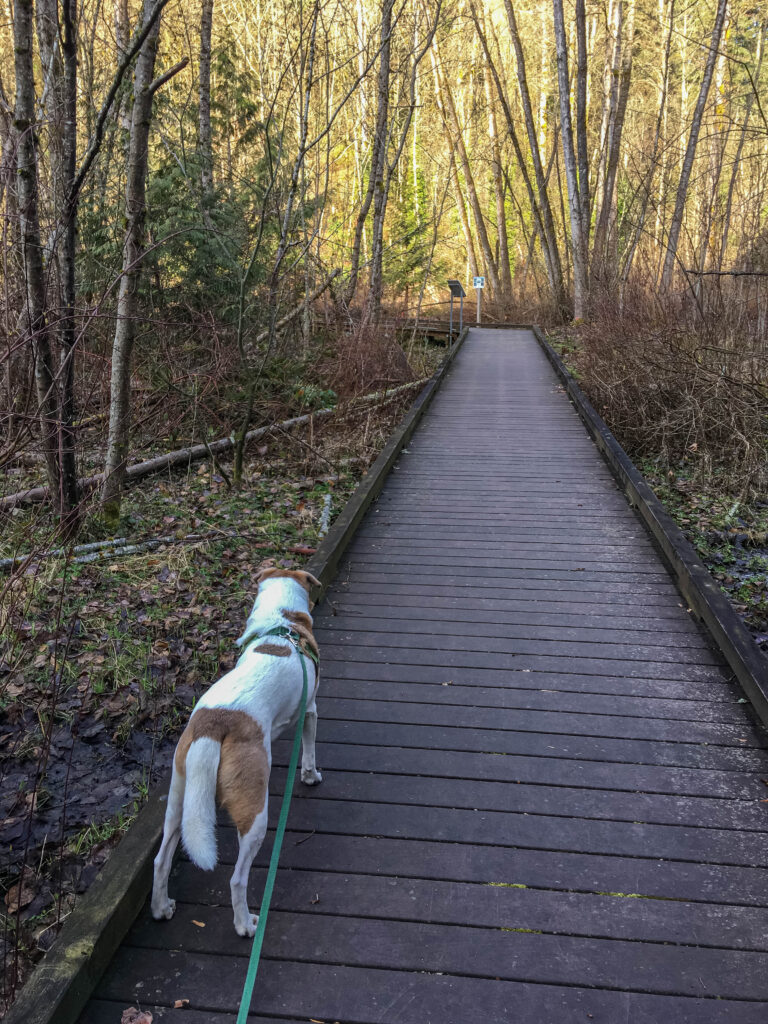
Plotter, Pantser, or Plantser?
Likewise, writers are considered to be either plotters or pantsers. Plotters figure out the start and end points, with a few key points along the way. Pantsers tend to wing it, or “fly by the seat of their pants.” They come across surprises along the way that inform, enrich, and alter their story.
Hybrids, known as plantsers, do a little of both. I like to know my end destination, but how I get there varies widely. Pilots are off course 95% of the time yet somehow they still reach the target airport.
At work, I am a plotter. I’ve learned how to help clients set reasonable goals and pursue them. In rambles with Ajax, I’m becoming a plantser. And in life and writing, I have been more of a pantser. Which are you? Does it vary, depending on the situation you find yourself in?

Life Choices as Teens
It feels like I have been a pantser most of my life, jumping at the next thing that sounds feasible. I went to college on the East Coast because that’s what a lot of my classmates’ older siblings were doing. I stayed there because I found a job at the Smithsonian Institute that sounded fun. And I moved to Seattle for graduate school because I’d only heard positive things about it.
If someone had told my high school self that I’d live my adult life in Seattle as an author and personal trainer running my own company, I never would have believed it. Most of what I do now never crossed my radar as a teenager. And most of what I write about now, I could not have known about even two years ago. We expect too much from our teens.
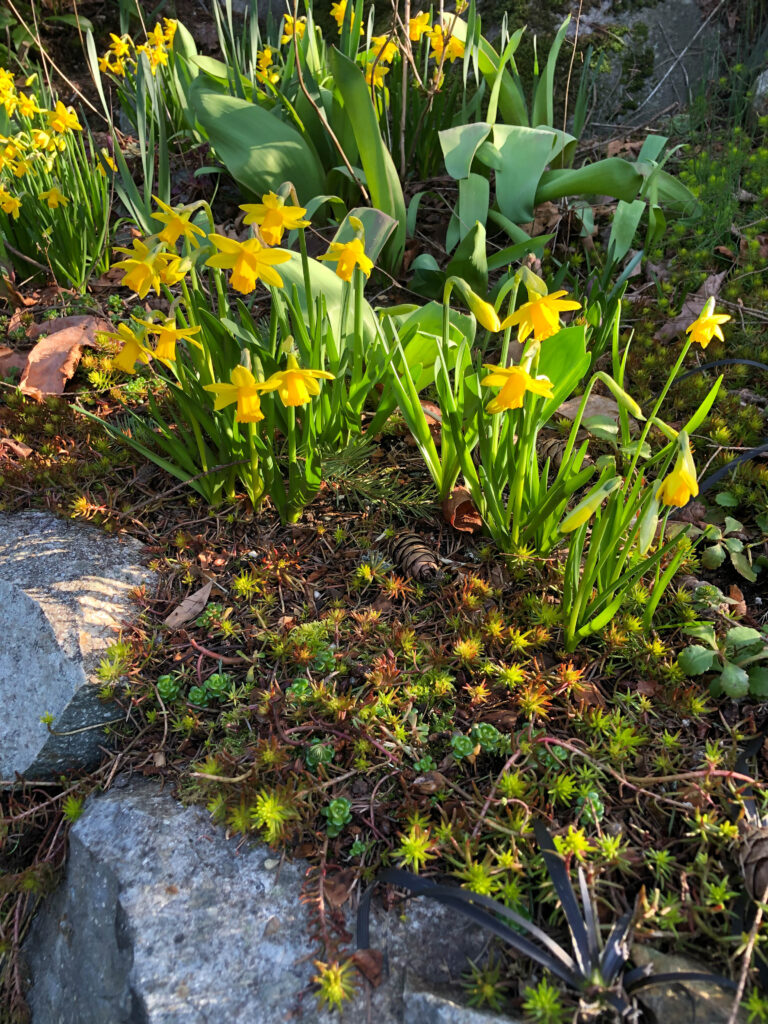
Life Purpose Map Questions
Regardless of whether you like to plot or wing it, how do you start making a life purpose map? Below are some questions to reflect on or discuss with a partner, spouse, coach, or someone close to you.
- Have a conversation with your significant other or close family member about potential “couples goals.” What would you like to accomplish by the end of the year? In the next two years? Five years?
- Think about what you have enjoyed the most in the past five years. How might you include more of that in the coming months?
- Imagine yourself at the age of 85. What have you accomplished? Where have you traveled? Whose lives have you enriched? What obstacles have you overcome? What does your daily life look like?
- Have a conversation with that wise older you either in chair form or writing in different colored pens as I suggested in last week’s blog. What advice would your future self provide? What would you most like to ask future you?
- Finally, try writing your obituary to get in touch with what matters most. Who would you want to be present at your celebration of life? What do you want to be remembered for? What do you want to have accomplished in your lifetime? Some people call these items a “bucket list.”
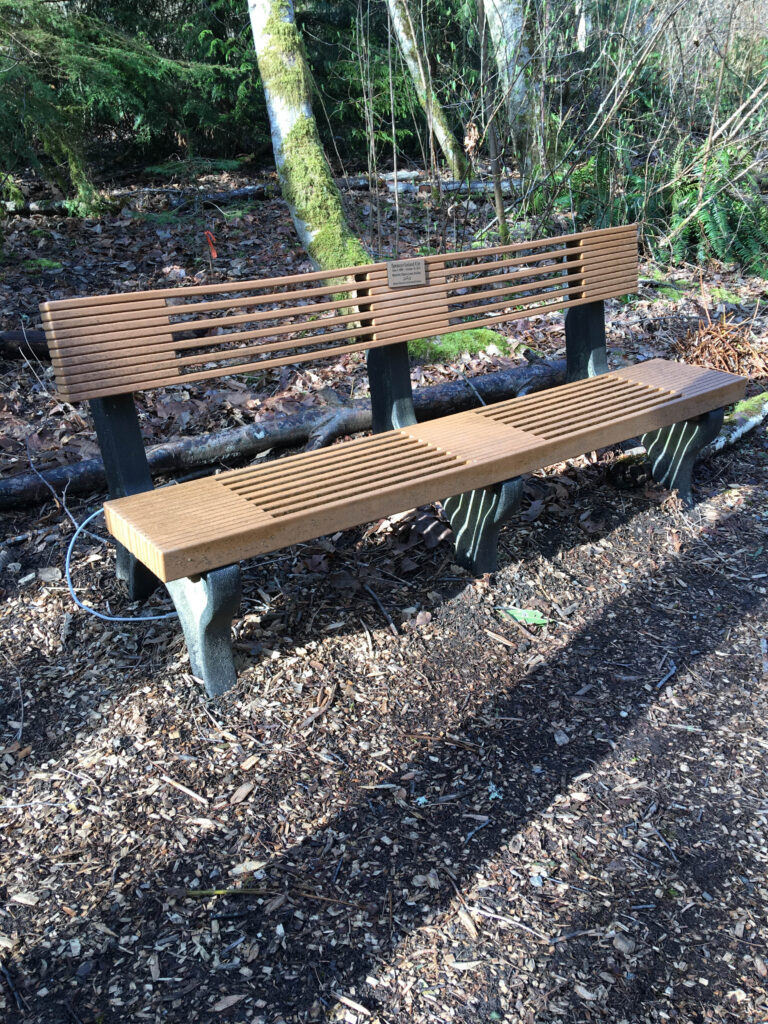
Takeaways
Creating a life purpose map requires time, focus, mental energy, and patience. Think about the questions posted above during your next walk or hike. Send your deepest desires and wishes to the multiverse and be open to what happens next. Reflect on what you WANT, instead of what you DON’T want. The more definite you are about what you want, the more likely you are to hit the target.
On ramble 26, I knew I wanted to visit Grace Cole Nature Park. But I had no time restrictions or specific mileposts along the way. Any route would do. Is that how you want to meander through your life? My path to blogger and business owner was quite circuitous. Yet I would change very little about it.
Would a more specific map have helped? I don’t know. But I do know I want to get more specific for the next phase of my adult life. What about you?
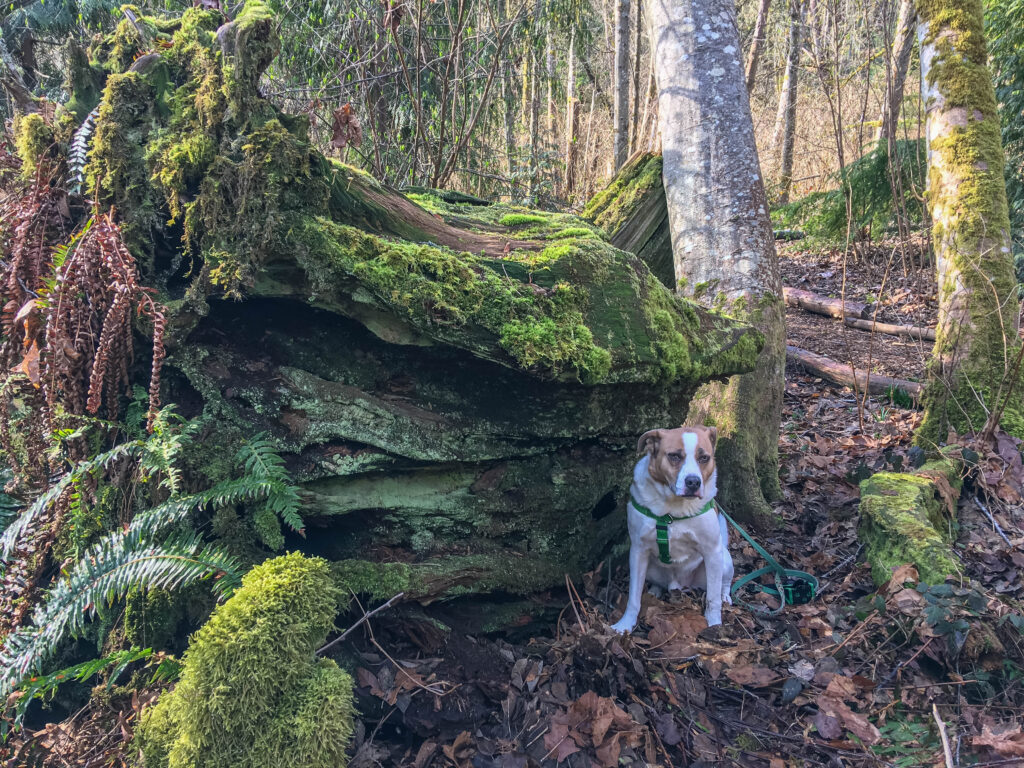
In an upcoming blog, we’ll look at how to get very specific with what you want in order to figure out what practices to put into your daily life.


I wish I had gotten training/mentoring about building a “Life Purpose Map” during my time in school and college! For a variety of reasons (culture, parents’ wishes, peer pressure, etc.) most of my education gravitated toward “dry science” such as math, physics, computer sciences which ended providing me with a comfortable career… but little to no guidance about what I truly wanted my life to be about. Not too surprisingly, it then took me an awful long time to figure that out. I understand the importance of teaching our young the skills that prepare them to enter “the workplace”; am I too optimistic to believe that it would be possible, at the same time, to teach them skills about “the lifeplace”? I certainly wish I had been given more of that chance. Your discussion about a Life Purpose Map appropriately starts to address this gap and provides useful pointers. “By trade” I am a Plotter… my whole career was predicated on a strong ability to plan and execute against the plan; it is therefore not too surprising that I approach my passions in a similar manner, in particular when it comes to travels for leisure and to long distance hiking. In both cases, the planning’s aim is to spend as much of the available time actively pursuing the pleasurable aspects of my adventure. However, life’s monkey wrench inevitably finds its way into our best plans. Once my plan is “final” and, for example, I start on a 2 or 3 weeks trek in the mountains, I switch to plantsing mode in order to keep an eye on my destination while allowing for reroutes/topical replans in order to accommodate “the unforeseen” (forest fires, storms, injuries, dried up water sources, etc.). Then there are plenty times when I’ll just decide to “pants-it”; on a whim I will stop for an hour or more to swim in an inviting lake, to lay down eyes-closed in a meadow and listen to birdsongs, to walk with a perfect stranger for a few miles, etc. It seems that, in order to “get the most” of a multi-week trek, I fare better when I use a mix of plotting, plantsing, and pantsing… and that seems like a fairly good metaphor for how best I can live my life. Your suggestions to think about our 85 years old self, or even about writing our own obituary, is spot-on! As I have been creeping closer to older age, the urgency of being clear on what matter and what does not has become acute; with it came a great sense of relief. Once I had the conversation with myself about values and the “meaning of (my) life”, what I had to do was simpler than ever – I no longer needed to worry about a very long list of wants and musts; about 5 will do and they are DIRECTIONAL in nature… never attained but always present and fulfilling. Did I mention my favorite subject in school — and subsequently in life — was philosophy 🙂 ?
Bravo!! Fascinating that philosophy was your favorite subject. Totally makes sense. Thanks for the comment, particularly noting that there are times to plot, to wing-it, and to do both. The key is to notice, to be mindful and aware, so that when we’ve developed all three tools, we can pick and use as is most appropriate. I am working on developing the “plotting” part outside of my work since in my life it seems to be the weaker of the three. Time to develop those muscles and move forward! Thanks for the comment and plan on!